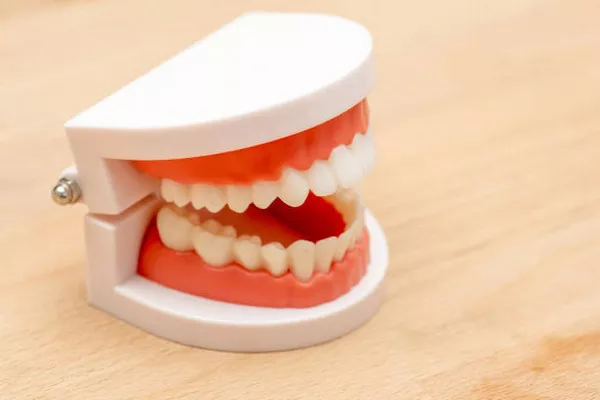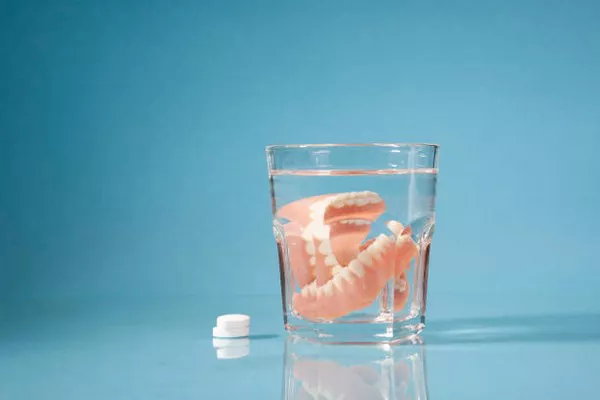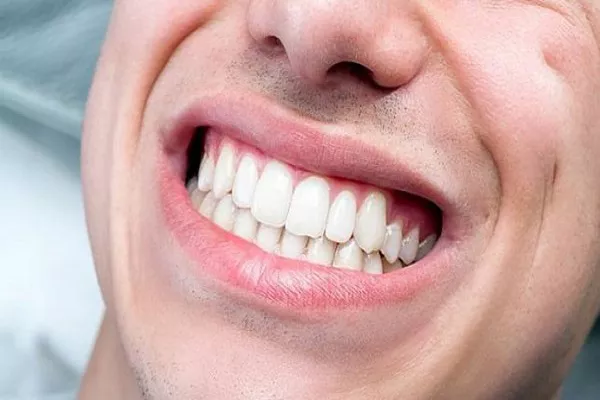Smoking is not only detrimental to your overall health but can also have significant effects on your oral health, including staining your teeth yellow. Understanding why smoking leads to tooth discoloration is essential for smokers and non-smokers alike, as it sheds light on the broader impact of tobacco use on oral health. In this comprehensive guide, we will delve into the mechanisms behind the yellowing of teeth due to smoking, explore its effects on oral health, provide preventive measures and treatment options, discuss long-term consequences, and offer guidance on smoking cessation.
Explanation of the Cause
Nicotine and tar, two primary components of tobacco smoke, are the culprits behind the yellowing of teeth. When you smoke, these substances are inhaled into your mouth, where they come into contact with your teeth’s enamel—the hard, protective outer layer. Nicotine is a colorless substance, but when it combines with oxygen or other chemicals found in tobacco smoke, it transforms into a yellowish, sticky residue. Tar, on the other hand, is naturally dark and viscous, contributing further to tooth discoloration.
The porous structure of tooth enamel allows nicotine and tar particles to penetrate and accumulate within its layers over time. This accumulation leads to the formation of stubborn stains that gradually darken the teeth, giving them a yellow or brownish hue. Regular smoking exacerbates this process, causing more severe and noticeable discoloration.
Effects on Oral Health
Beyond cosmetic concerns, smoking has far-reaching implications for oral health. The stains left by nicotine and tar are not merely superficial; they can also indicate underlying damage to the teeth and surrounding tissues. Additionally, smoking compromises the body’s ability to fight off infections, making smokers more susceptible to oral conditions such as gum disease (periodontitis) and tooth decay.
Gum disease is particularly prevalent among smokers due to the harmful effects of tobacco on the gums and supporting structures of the teeth. It can manifest as red, swollen, and bleeding gums, eventually leading to tooth loss if left untreated. Furthermore, smoking is a significant risk factor for oral cancer, with tobacco use being implicated in the majority of cases.
Preventive Measures
While quitting smoking is the most effective way to prevent teeth staining and safeguard oral health, there are steps smokers can take to minimize the impact of tobacco on their teeth:
- Maintain Good Oral Hygiene: Brushing your teeth at least twice a day with a fluoride toothpaste and flossing daily can help remove surface stains and prevent plaque buildup.
- Limit Tobacco Use: Cutting down on the number of cigarettes smoked per day or using nicotine replacement therapies can reduce exposure to staining agents.
- Visit Your Dentist Regularly: Professional dental cleanings and check-ups are essential for monitoring oral health and addressing any issues before they worsen.
Teeth Whitening Solutions
For those already experiencing tooth discoloration from smoking, various teeth whitening methods are available to restore a brighter smile:
- Over-the-Counter Products: Whitening toothpaste, strips, and gels can help lighten surface stains caused by smoking, although results may vary.
- Professional Dental Treatments: In-office teeth whitening procedures performed by a dentist offer faster and more dramatic results compared to over-the-counter products. Techniques such as laser whitening or custom-made trays with bleaching agents are effective for removing stubborn tobacco stains.
Home Remedies
In addition to commercial whitening products, some individuals prefer natural remedies for reducing teeth yellowing:
- Baking Soda: Mixing baking soda with water to form a paste and brushing with it gently can help scrub away surface stains. However, excessive use may damage tooth enamel, so it’s best to use this method sparingly.
- Activated Charcoal: Although lacking scientific evidence, some people believe that brushing with activated charcoal can absorb stains and toxins from the teeth. However, its abrasive nature may also erode enamel if used excessively.
Long-term Consequences
It’s essential to recognize that while teeth whitening treatments can improve the appearance of stained teeth, their effects may be temporary if smoking continues. Continued tobacco use will lead to the re-accumulation of stains, necessitating repeated whitening procedures. Moreover, the long-term consequences of smoking on oral health extend beyond tooth discoloration, with increased risks of gum disease, tooth loss, and oral cancer.
Quitting Smoking
Quitting smoking is the most impactful step individuals can take to protect their oral health and overall well-being. While breaking free from nicotine addiction can be challenging, the benefits are profound:
- Improved Oral Health: Quitting smoking reduces the risk of gum disease, tooth decay, oral cancer, and other oral health issues.
- Whiter Teeth: Stopping smoking prevents further staining and allows the teeth to naturally regain their brightness over time.
- Enhanced Overall Health: Quitting smoking lowers the risk of numerous systemic conditions, including heart disease, lung disease, and certain cancers.
Myths and Misconceptions
There are several myths surrounding teeth color and oral health, which can lead to misunderstandings:
- Myth: Yellow teeth are always a sign of poor oral hygiene.
Fact: While poor oral hygiene can contribute to tooth discoloration, yellowing can also result from factors like genetics, aging, and lifestyle habits such as smoking. - Myth: E-cigarettes are safer for oral health than traditional cigarettes.
Fact: While e-cigarettes may produce fewer staining agents than traditional cigarettes, they still contain harmful chemicals that can damage oral tissues and contribute to oral health problems.
Comparison with Alternatives
Some individuals may turn to alternative forms of tobacco, such as smokeless tobacco or e-cigarettes, in an attempt to reduce teeth staining. However, it’s essential to recognize that these alternatives still pose risks to oral health:
- Smokeless Tobacco: Despite not involving smoke inhalation, smokeless tobacco products contain nicotine and other chemicals that can cause gum disease, tooth decay, and oral cancer.
- E-cigarettes: While e-cigarettes produce fewer staining agents than traditional cigarettes, they still contain nicotine, which can restrict blood flow to the gums and increase the risk of gum disease.
Conclusion
Smoking not only stains the teeth yellow but also poses significant risks to oral health. Understanding the mechanisms behind tooth discoloration due to smoking, as well as its broader implications, underscores the importance of smoking cessation for preserving oral health and overall well-being. By adopting preventive measures, exploring teeth whitening options, dispelling myths, and considering alternatives, individuals can take proactive steps toward achieving a healthier, brighter smile.
FAQs About Smoking and Teeth Discoloration
1. Can yellow teeth from smoking go away?
Yellow teeth resulting from smoking can improve with proper dental care and whitening treatments. However, the extent to which they can be lightened depends on various factors, including the severity of staining, individual oral hygiene practices, and the effectiveness of whitening methods used.
2. How do smokers keep their teeth white?
Smokers can help maintain whiter teeth by practicing good oral hygiene habits, such as brushing at least twice a day with a fluoride toothpaste, flossing daily, and rinsing with an alcohol-free mouthwash. Additionally, reducing tobacco use or quitting smoking altogether can minimize further staining and promote oral health.
3. Will teeth whiten after quitting smoking?
Yes, quitting smoking can lead to a gradual improvement in teeth color. As the body eliminates nicotine and tar residues from the mouth and oral tissues, teeth may naturally lighten over time. However, the extent of whitening varies from person to person and depends on factors such as individual oral hygiene practices and lifestyle habits.
4. Do teeth stains go away after quitting smoking?
While quitting smoking can prevent further staining and promote teeth whitening, existing stains may require additional measures to remove completely. Professional teeth whitening treatments performed by a dentist can effectively lighten stubborn tobacco stains and restore a brighter smile. It’s essential to maintain good oral hygiene and attend regular dental check-ups to monitor oral health and address any lingering discoloration.
































